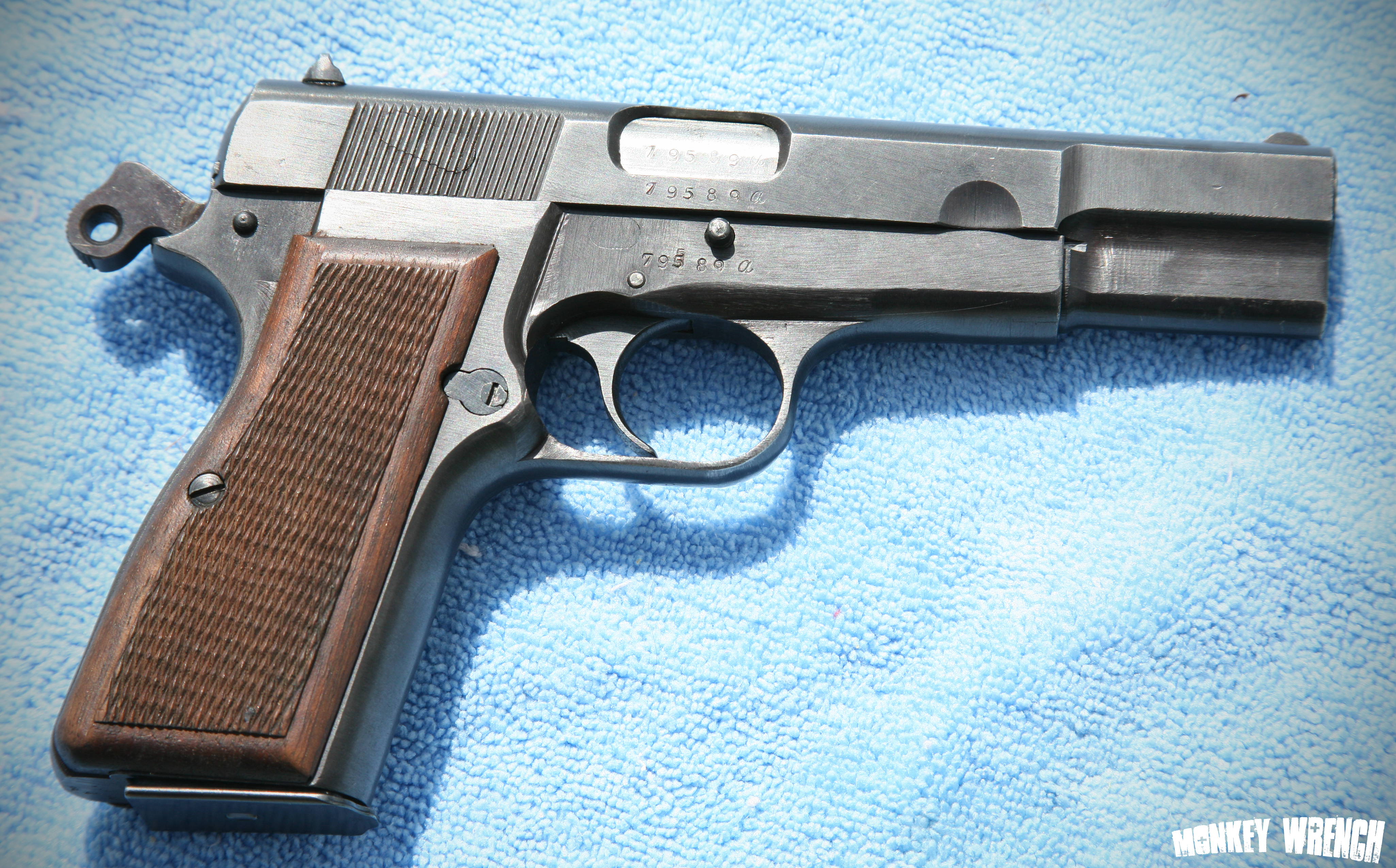

The war had proven the Browning design as reliable, rugged and capable. As the war ended with the Nazi defeat in 1945, FN factories began free production of the Hi Power once again. Local production was taken up in Canadian factories and dispersed to awaiting forces within time. For the British, the type proved useful as a paratrooper and special operative sidearm for its high-capacity magazine and proven an-stopping capabilities over that of their standard issue revolvers. During the war itself, copies of the gun managed their way to Britain to which the sidearm was reproduced for the British, Canadian and Chinese armies. The pistol managed an existence in this fashion in some number until the end of the war.

As such, production of the Browning Hi Power was now in German control and the Army took to local production of the fine pistol under the designation of "Pistole 640(b)" ("b" for "belgisch" to signify its Belgian origins). This included Belgium - the home of Fabrique Nationale and its factories. With the arrival of World War 2 in the late 1930s, the German Army steamrolled its way throughout Europe the following year. Magazines were inserted into the base of the grip in a conventional way with the cartridge ejection port seated along the right side of the body. The trigger was held within an oblong ring and connected to the angled pistol grip lined with a grip pattern along both sides. The hammer was clearly visible at the rear of the weapon above the tang. The sides of the slide contained the requisite finger grooves for managing the assembly during cocking. The slide dominated the upper regions of the gun and protected the critical internal working components as well as housing the barrel and recoil spring, the latter fitted under the barrel. Despite being ready for manufacture, the firearm saw itself delayed with the onset of the Great Depression, pushing its formal release until 1935 - hence the FN GP35 designation.Įxternally, the Hi Power presented a very conventional look for a semi-automatic pistol with many of the same lines as featured in the Colt M1911. Chambered for the 9x19 Parabellum cartridge, the Hi-Power was fed from a double-stacked magazine holding thirteen rounds. Saive replaced Browning's original striker design to a more traditional hammer mechanism.

Design work on the Hi-Power began in 1914 and was still ongoing in 1926, leaving the pistol in the hands of FN's chief designer Dieudonne Saive. The Browning Hi-Power (or Fabrique Nationale FN GP35 - "GP" for "Grande Puissance") has a lineage dating back to the original John Browning Colt M1911 and became the last of Browning's designs before his death in 1926.


 0 kommentar(er)
0 kommentar(er)
